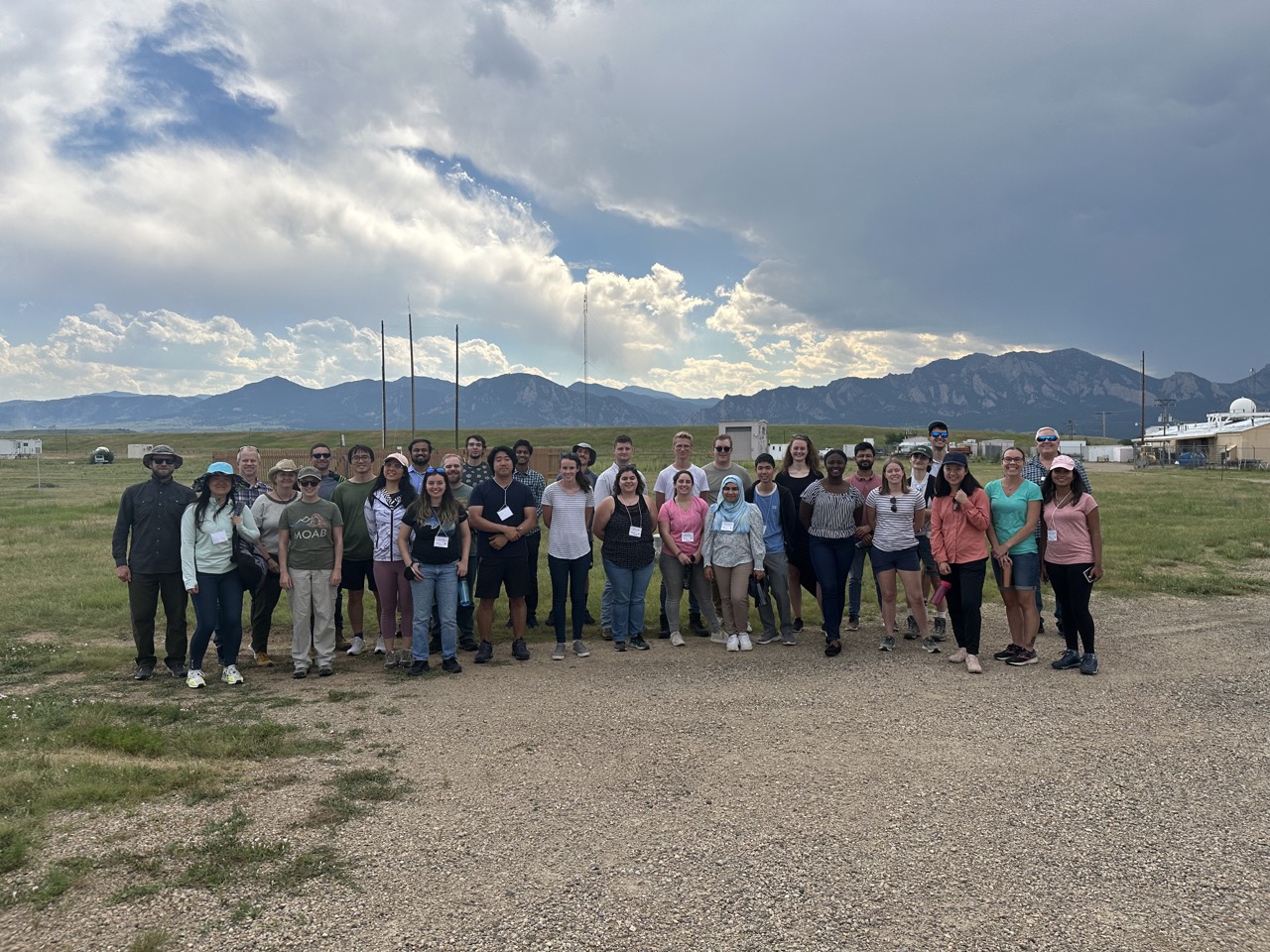The Atmospheric Boundary Layer: Integrating Complexity Across Disciplines
In its lowest 1-2 km the atmosphere responds directly to the Earth’s surface and is the primary region where humans live and interact. A fundamental understanding of the non-linear processes determining the ABL’s coupling between the overlying free troposphere and the systems at its lower boundary (e.g., biosphere, hydrosphere, pedosphere, etc.) is critical for informing societal needs that involve water, agriculture, transportation systems, air quality and energy sources.
Overview:
The focus of this colloquium was on the integrator nature of the ABL. An integrator of processes that determine momentum, heat, moisture, and trace gases, but also as an integrator of scientific disciplines. Through a series of lectures, practicals and hands on instrumentation activities the organizer brought together theory, process-scale modeling, large-scale modeling and observation in order to form a more complete understanding of the ABL.
Outcomes:
University community researchers gained an in-depth understanding of the importance of the ABL and formed relationships that will last throughout their careers.
